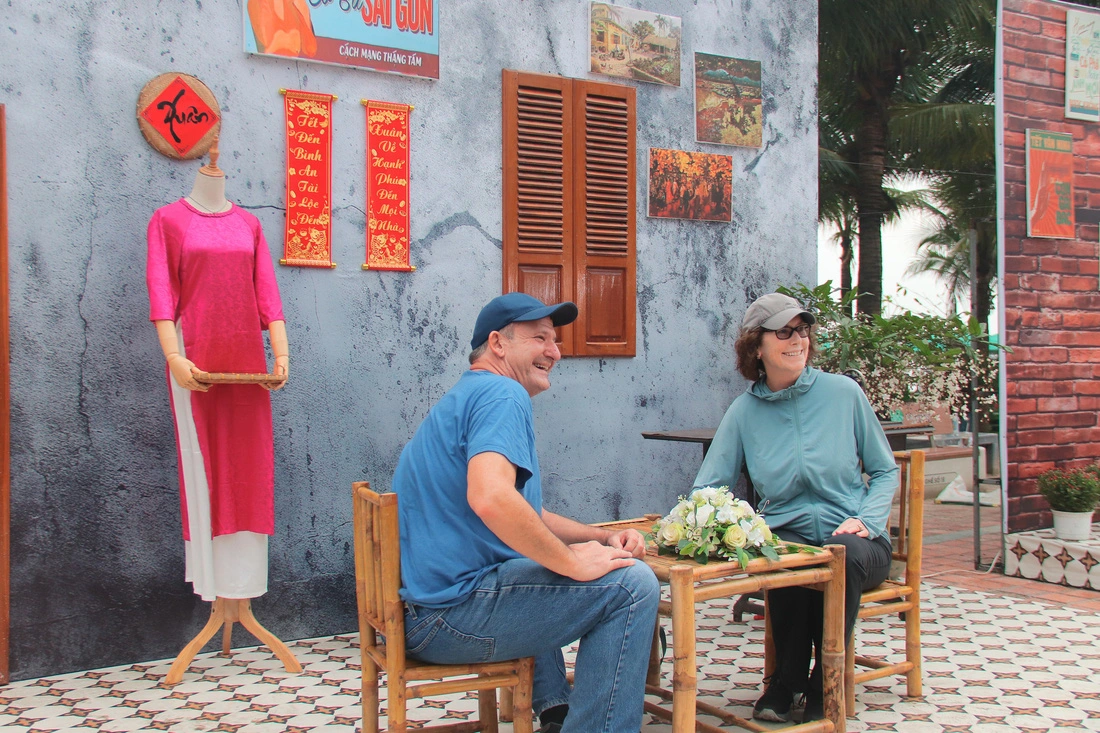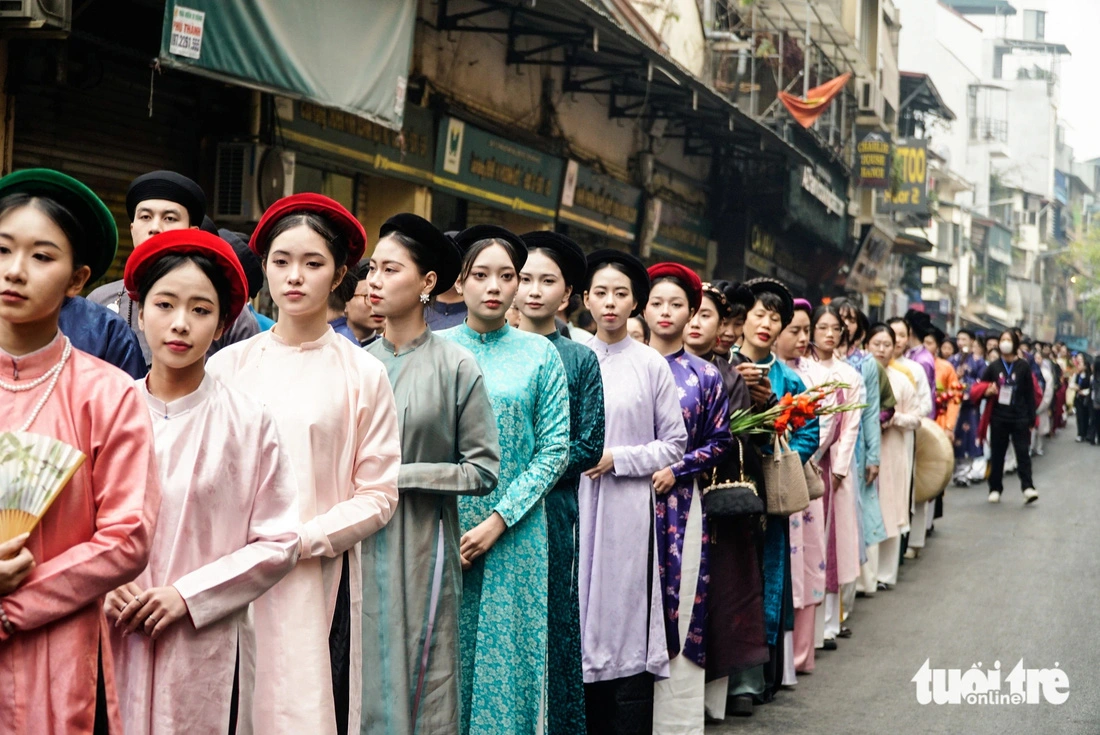|
Nguyen Tien Da, director of the Hanoi Museum, said the Hanoi Museum proudly presents the “Bui Xuan Phai and Hanoi” exhibition. The visual and auditory exhibition provides art lovers with an interactive experience and a better understanding of Bui Xuan Phai’s works.
Phai immortalized the capital’s Old Quarter. He significantly influenced the development of contemporary, modern art in Vietnam. Over his long career, Bui Xuan Phai tried many different genres, such as portraits, mountain landscapes, and Cheo. The topic of Cheo stage became his outstanding line of painting with the scene of activities of the actor in the backstage. However, Hanoi’s Old Quarter was his most successful subject.
Bui Xuan Phai’s street paintings reflect the soul of the Old Quarter in the 1950s, 60s and 70s. The paintings often have bold borders. Looking at them, viewers can feel the artist’s memories, nostalgia and sadness in each stroke of his drawing.
This is the first show of Bui Xuan Phai’s paintings in Vietnam using a 3D mapping technique and multimedia, including a light and sound system, creating an impressive exhibition space full of colors. The 3D mapping technology (also called projection mapping or spatial augmented reality) is used to project a 2D or 3D object onto a display surface through spatial mapping. Advertisers and artists often use 3D mapping to add dimension, movement, and depth to static objects. The technology enlarges the paintings, and creates in viewers a sense of walking through the streets in Bui Xuan Phai’s paintings, Da said.
Bui Xuan Phai’s works at the exhibition are divided into three sections: “Phai’s Streets”, “Phai’s Cheo” (traditional Vietnamese opera), and “Phai and Friends”.
Susan, a visitor from the US, said that looking at Phai’s paintings through the 3D mapping technology, she could imagine herself in the Vietnamese countryside. She added that all the images were vivid, helping her visualize and better understand the country’s past.
|
Bui Xuan Phai was born in 1920 in the village of Kim Hoang in the former province of Ha Tay, which is now incorporated into Hanoi. He died in 1988. He was famous for the iconic paintings of Hanoi’s Old Quarter and the capital’s transformation in the 20th century. Bui Xuan Phai’s house at 87 Thuoc Bac Street is now a small museum, displaying his artworks. |
Thanh Tam




